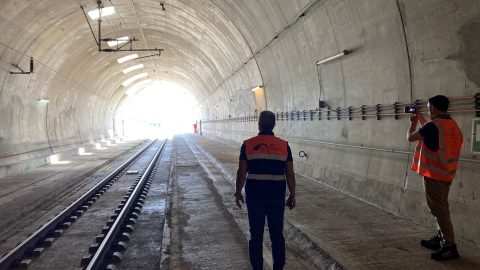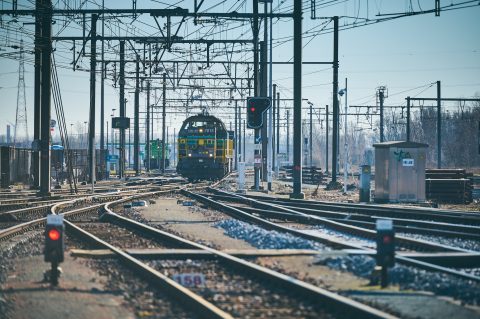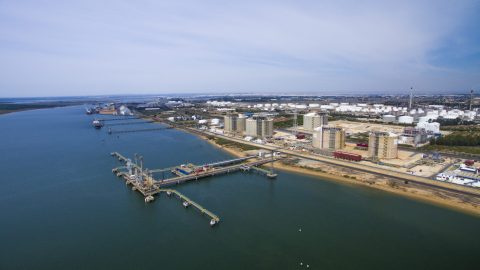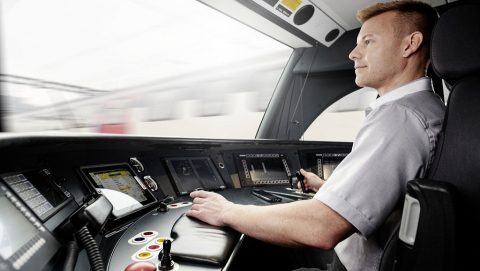Strukton lays ERTMS test track in Sweden

Rail engineering firm Strukton Rail is installing the European Rail Traffic Management System (ERTMS), potentially so crucial for European rail freight’s future, on a test track in Sweden. The track is being installed between Katrineholm and Ãby on behalf of Trafikverket, the Swedish transport manager, which is keen to test its functionality in a real railway environment, without affecting traffic.
Simplify
ERTMS has been designed to simplify the movement of cross-border freight and passenger traffic, but there remain big variations in the various European countries’ roll-out targets. Sweden is still using the older ATC signalling system, but Trafikverket is now working towards replacing it with ERTMS. The aim is that ERTMS is introduced across the whole of Europe by 2035.
Eva Spove, Location Manager for Strukton Rail, said: “We will parallelise the ATC signals of the track with the two different ERTMS systems to be tested. We will install signalling coders at the end of the track, sending information to the onboard equipment on the track’s test train, which from the ERTMS system the train will follow.”
Installation
Strukton will also install aliases, substations, electrical and telecommunications equipment, and provide for the signalling connections between new and existing technology. The installation work will be completed by November.
Katrineholm is of strategic importance, as it is part of the Scandinavian-Mediterranean Rail Freight Corridor (also known as RF3), which is a crucial north-south rail axis for the European economy, and one of nine European corridors. It links the major urban centres and ports of Scandinavia and sorthern Germany, through the industrialised high production centres of southern Germany, Austria and Northern Italy, and onto further to the Italian ports and Valletta in Malta.
You just read one of our premium articles free of charge
Want full access? Take advantage of our exclusive offer





